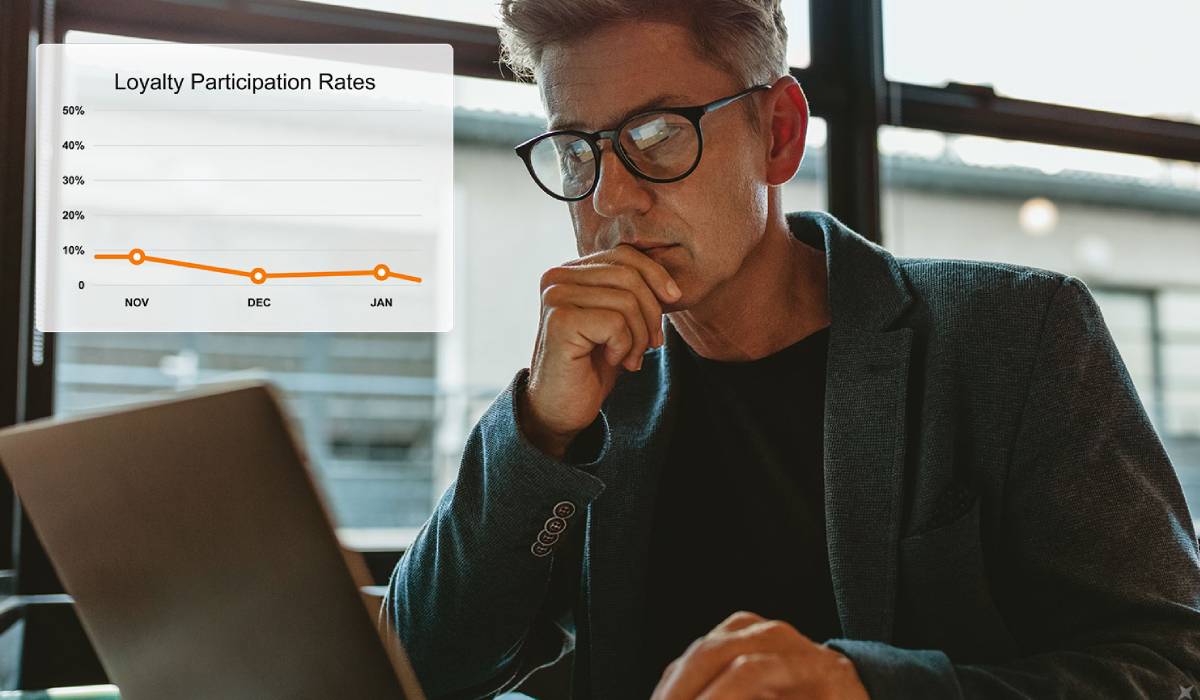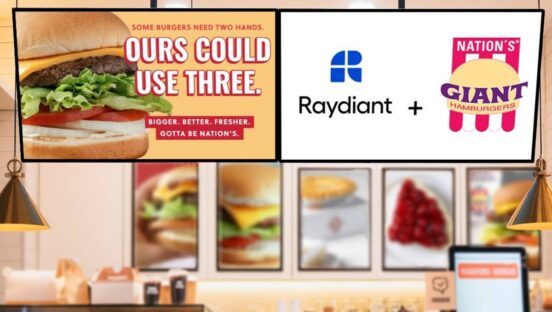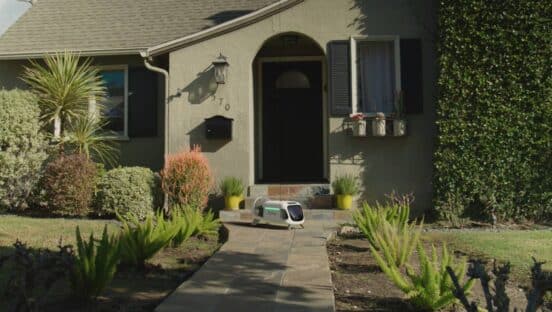Editor’s note: This is part one in a series of articles on, “How to Measure the Success of Your Loyalty Program.” Part two will discuss how to measure the impact your program has on guests.
2022 was arguably the Year of the Loyalty Program for restaurants—2023 is already looking like Part II. Since then, we have seen nearly every restaurant brand launch or revamp loyalty as they sought to catch up with leaders like Starbucks and Chipotle.
Unfortunately, most restaurants—even public companies—are measuring the efficacy of their loyalty program the wrong way, often touting vanity metrics that sound good but do not actually equate to business success.
For instance, of course, loyalty members have a higher average check and visit frequency vs. non-loyalty members—that’s why they signed up. There is a clear selection bias. One of the most problematic feel-good metrics is cumulative “loyalty members.” The total number of members is heavily influenced by the size of the brand and says nothing of how active or engaged those members are. We call these “feel good” metrics. The question brands should really be asking is “did my loyalty program change behavior”—questions like “am I seeing more customers reach their third purchase faster?”
Reach is indeed critical for any loyalty program’s success—if you are only impacting a small percentage of your guests, even if loyalty is doing everything you dreamed of, the cumulative impact on the bottom line will be small. The number of signups in your loyalty program (“we grew our loyalty program by one million members this year”) is irrelevant. Many of those customers signed up for the discount and never came back (or at least didn’t identify themselves as loyalty members on subsequent purchases).
Capture Rate—what percentage of your revenue in a given period can be attributed to known and reachable (via marketing) customers, e.g. those in your loyalty program or CRM—is the better way to measure reach. If your Capture Rate is only 5 percent, nearly all your revenue comes from anonymous customers; frankly, it doesn’t matter how cool your custom app, how sophisticated your guest engagement strategy, or how gamified your loyalty program … you’re not materially changing your business. On the flip side, if your Capture Rate is 50 percent (or higher), then the majority of revenue is generated from customers with whom you have a direct relationship—your knowledge of their spending and preferences helps personalize interactions and drive greater ROI—because segmented, personalized communications are six times more effective than generic email marketing.
Check Out the Upcoming Webinar: “How to Measure the Health and Effectiveness of Your Loyalty Program”
When: 2 p.m. (eastern) on March 31
About: Presented by Emily Rugaber, VP of Marketing at Thanx and joined by other restaurant industry leaders. Measuring the health of your loyalty program is so much more than sign-ups and app downloads. The true value of a loyalty program must consider your program reach, your ability to impact the behavior of those you reach, and how costly it is to drive that change. Join us for a deep dive into why it’s time to stop tracking vanity metrics and start tracking true performance.
In Q4 2022, Starbucks reported 55 percent of U.S. revenue comes from loyalty members in their earnings call; Panera’s Capture Rate is above 50 percent per a company press release last quarter. In a recent earnings call, Papa John’s CEO Rob Lynch attributed nearly half of all sales to rewards member revenue, with loyalty customers demonstrating superior profitability versus non-loyalty members since the brand can better market to these known customers with more personalized offers that drive higher frequency, check averages, and overall satisfaction. All three brands are not only signing up new loyalty members but signing up the right loyalty members AND convincing them to remain active in the program over time. This is critical because unlike “new signups,” the Capture Rate can actually decline—a sign of a failing loyalty program. When done right, however, improvements and adjustments to a brand’s loyalty program can accelerate the Capture Rate. For example, Kneaders, the award-winning fast-casual bakery and cafe chain, saw a 50 percent increase in average weekly enrollment, a six-figure month-over-month online sales growth, and over 3 million points already redeemed by customers after revamping their loyalty program with a new dynamic points structure.
Some of the newer loyalty launches are slowly gaining traction. McDonald’s loyalty participation rate was reported as less than 10 percent back in 2021. CEO Chris Kempczinski, spoke last year of the focus on engaging more active users in loyalty. “To the degree we’re successful in that, the contribution toward [same-store sales] will be bigger.” Investments in loyalty and digital experiences have been critical to retaining customers in the face of third-party delivery platforms and some of the most operationally challenging times the industry has ever seen. But it takes effort to stand out. Velvet Taco, a fast-growing 36-location innovative taco brand, recently launched a hidden menu available only to loyalty program members. After launch, the brand saw enrollment surge to 5.5K sign-ups per week while 13 percent of members of their “Velvet Room” program jumped up to a higher spend threshold to qualify for the hidden menu rewards tier. Another example of the power of unique, on-brand loyalty can be found in Chipotle. The brand created Guac Mode, a gamified surprise-and-delight for their earliest members; today, over 25 percent of the brand’s customers are known loyalty program members, a number the brand credits for hitting record figures in 2021, generating over $2 billion in digital sales alone according to a recent earnings call.
Brands with lower loyalty Capture Rates should focus on shoring up the foundation of their program before experimenting with shiny objects like AI and NFTs. Simply put, if you cannot reach your customers, you cannot change their behavior. Without reach, it is exponentially more difficult to move other important metrics that directly impact customer lifetime value such as churn or third purchase conversion. Brands seeking to improve their Capture Rate should start by ensuring their enrollment processes are frictionless and that ongoing participation in loyalty is not painful either—scanning QR codes is not it. Loyalty platforms that offer advancements such as credit card linkage and automatic enrollment on digital purchases ensure that 100 percent of digital customers enter the customer database while all subsequent purchases, both in-store and online, are tracked without any effort on behalf of customers or staff. Thanx customer Velvet Taco grew their Capture Rate to above 30 percent within their first year by benefiting from frictionless technology for their program.
With the growth of loyalty, public restaurant companies are increasingly held accountable to prove their investment is more than just blindly doling out rewards. Anyone can buy more signups with discounts, but only a truly well-designed loyalty program can continually grow Capture Rate and only the elite can get that number above 50 percent. We expect to see every CMO and CFO intimately familiar with their Capture Rate (and its trajectory) in the years to come.
Zach Goldstein is the CEO and founder of Thanx. Founded in 2011, Thanx is a guest engagement and retention platform helping restaurants and retailers become more digitally agile to maximize customer lifetime value. Prior to earning his MBA from Stanford, Goldstein honed his experience in the customer loyalty space at Bain & Company, helping companies perfect their retention and reward strategies as early as 2005.












